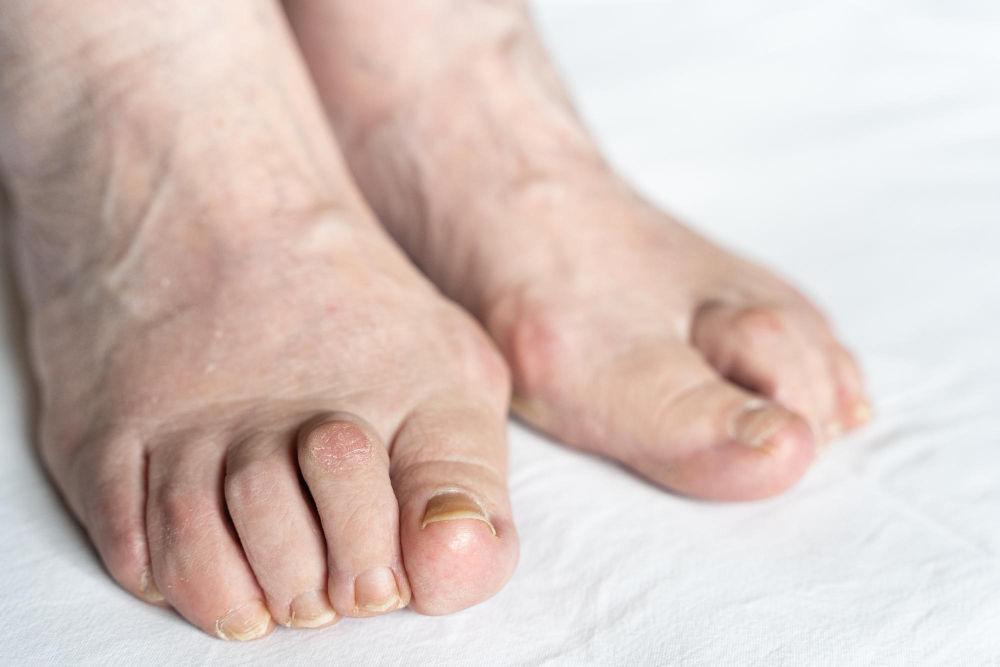
When your big toe slips out of proper alignment, the joint permanently changes shape, leaving you with an inflamed bony bump. At the office of Errol Gindi, D.P.M., in Valley Stream, New York, you can get started on bunion treatments right away and even have a comprehensive evaluation to see if you need bunion surgery. Click on the online scheduler to book your bunion exam or call the office directly to schedule.
request an appointmentWhat are the symptoms of bunions?
As with many progressive conditions, bunions may not cause symptoms right away. In early stages, you may notice that your big toe is leaning into your smaller toes and that you have a bump forming at the base of your big toe. As the deformity worsens, though, you may start experiencing:
- Corns or calluses
- Swelling or tenderness
- Development of hammertoes
- Numbness, tingling, or burning
- Limited range of motion (toe stiffness)
Because these bunion symptoms can lower your quality of life and keep you from participating in enjoyable activities, it’s important to understand what causes them and get started on bunion treatment quickly.
Why do I have bunions?
There is often a link between bunions and inherited faulty foot mechanics. For instance, if you have unstable joints, flat feet, or high arches, you may have a higher risk of developing bunions.
Your chances of developing bunions increase even further if you wear tight, pointy, or high-heeled shoes. These types of shoes leave little room for your big toe and force it to make room for itself on top (or underneath) of your smaller toes.
With daily wear, snug-fitting shoes can cause your big toe joint to start adapting to the new placement of your big toe. This leads to a permanent deformity and the obvious bony bump at the base of your big toe. Whether your bunions are minor or are starting to interrupt your daily life, you can get the treatment you need at the office of Errol Gindi, D.P.M.
Do I need treatment for bunions?
Yes, and the earlier you get started on bunion treatment, the easier it is to prevent the progression of the joint deformity. Depending on the severity of your bunion and your bunion symptoms, Dr. Gindi may recommend:
- Orthotic devices
- Protective padding
- Nighttime toe splints
- Changes in footwear
- Specialized exercises
- Removal of corns or calluses
If you have an enlarged bunion or severe misalignment of your big toe, Dr. Gindi could recommend bunion surgery (bunionectomy). He personalizes your foot surgery to you and can realign your big toe joint and remove any damaged tissues through minimally invasive measures.
You have plenty of options for bunion relief at the office of Errol Gindi, D.P.M. Schedule your bunion exam today either online or over the phone.